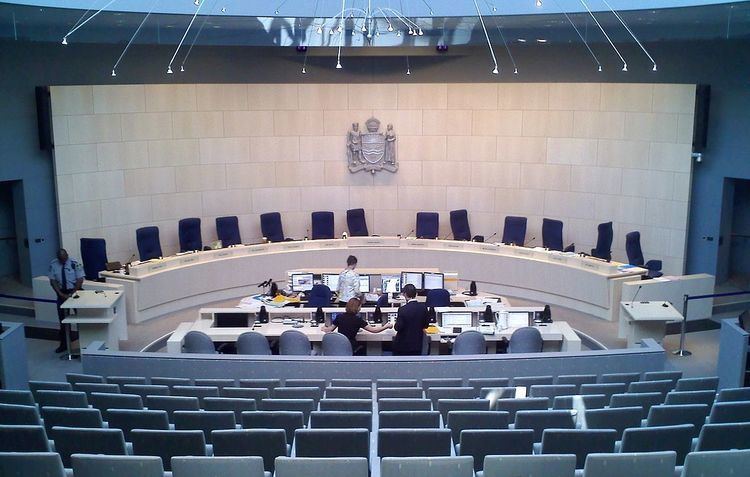Name Edmonton Council | ||
 | ||
The shame of edmonton city council mayor and tenser grose 630ched
The Edmonton City Council is the governing body of the City of Edmonton, Alberta, Canada.
Contents
- The shame of edmonton city council mayor and tenser grose 630ched
- Fahad mughal edmonton city council election kickoff
- Current membership
- Since 2010
- From 1980 until 2010
- From 1971 until 1980
- From 1968 until 1971
- From 1963 until 1968
- From 1947 until 1963
- From 1933 until 1947
- From 1924 until 1933
- From 1912 until 1924
- From 1904 until 1911
- From 1898 until 1904
- From 1892 until 1898
- References
Members represent wards throughout the city, and are known as councillors. Until 2010, Edmonton was divided in six wards with two councillors representing citizens in each ward. On July 22, 2009, City Council voted to change the electoral system of six wards to a system of 12 wards; each represented by a single councillor, the changes took effect in the 2010 election.
Fahad mughal edmonton city council election kickoff
Current membership
City Council's current membership was elected in 2013 and will serve until the 2017 election. Amarjeet Sohi was ward 12 councillor until November 2015, when he was elected Member of Parliament for Edmonton Mill Woods in the 2015 Canadian federal election. Mohinder Banga succeeded him for ward 12.
Since 2010
In 2010, Edmonton adopted a ward system in which one councillor would be elected from each of twelve wards.
From 1980 until 2010
In 1980, Edmonton adopted a ward system in which two councillors (aldermen until 1995) would be elected from each of six wards.
From 1971 until 1980
In 1971, Edmonton adopted a ward system in which three aldermen would be elected from each of four wards.
From 1968 until 1971
In 1968 Alberta's legislation changed to require elections every three years in all of the province's municipalities.
From 1963 until 1968
In 1964 Edmonton unstaggered its terms for city officials, meaning that elections were held only every two years. Additionally, all alderman became elected at-large and two new aldermanic positions were added, bringing the total to twelve. In preparation for this, in 1963 the mayor and all aldermanic positions up for re-election were elected to one-year terms.
From 1947 until 1963
In 1947, the mayor began to be elected for a two-year term. The aldermanic positions remained split by the North Saskatchewan River, and in 1961 the number of aldermen on the south side increased from three to four. The council continued to be elected on staggered two-year terms.
From 1933 until 1947
In 1933, a number of aldermanic positions were reserved for the south side of the North Saskatchewan River. This number increased over time. It was one until 1935, two until 1936, and three thereafter. Aldermen continued to be elected on staggered two-year terms, but the mayor was elected for a one-year term.
From 1924 until 1933
In 1924, city council returned to a system whereby all aldermen were elected at-large. They continued to be elected on staggered two-year terms, and there continued to be ten of them.
From 1912 until 1924
To accommodate the amalgamated City of Strathcona south of the river, in 1912 council expanded to ten members and divided its seats between residents north of the North Saskatchewan River and residents south of the river. The mayor continued to be elected annually, and aldermen continued to be elected to staggered two-year terms.
From 1904 until 1911
Edmonton was incorporated as a city in 1904. The size of council was set at eight alderman plus the mayor, with the mayor being elected annually and the aldermen being elected on staggered two-year terms.
From 1898 until 1904
The Edmonton Town Council was the governing body of Edmonton, Northwest Territories, from 1892 until 1904, when Edmonton was incorporated as a city and the council became Edmonton City Council. Throughout its history it included a mayor and six aldermen.
The mayor was elected annually throughout the town's history, but beginning in 1898 they were elected to staggered two-year terms, with half of them elected each year.
From 1892 until 1898
The mayor and aldermen were elected annually from 1892 to 1898.
